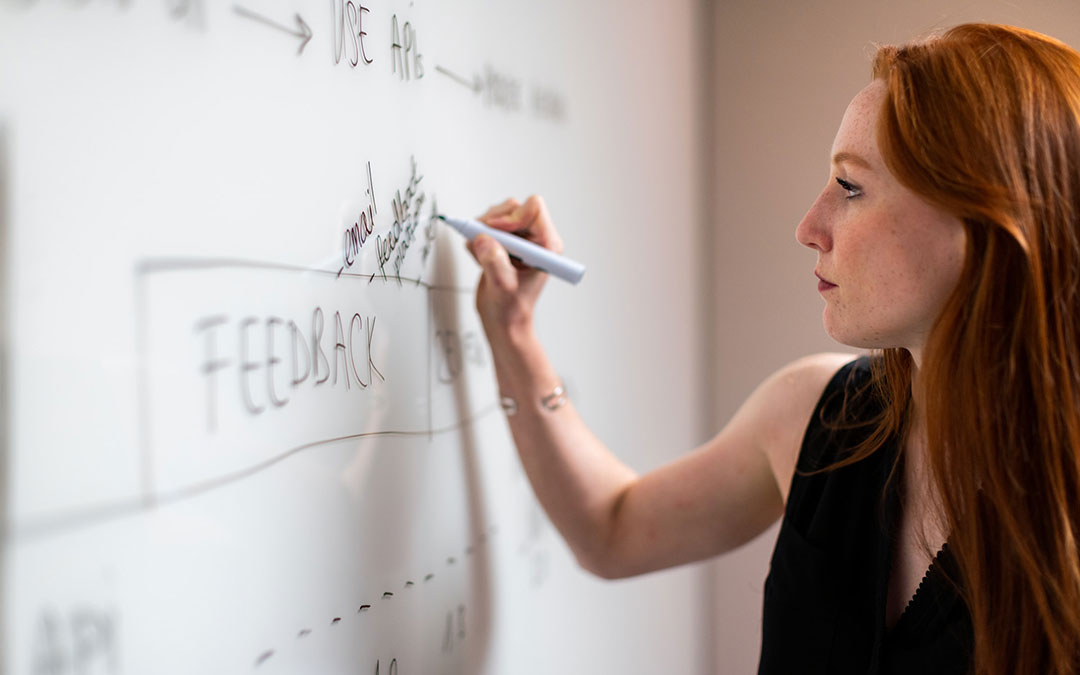Boost Your Business
We Know MOBILE
Streamline and grow your business with custom app development by Rocket Jones.
Benefits Of
Cloud, Web & Mobile Apps
Save Time
Boost efficiency with a system designed around your processes and business needs. Say goodbye to spreadsheets, paperwork, clunky software, and redundancies.
Integrate Systems
Tired of moving between disparate systems that don't communicate? We get internal and cloud-based software to communicate, ensuring your business is fully integrated.
Stay Current
We offer ongoing support and maintenance so your app can adapt to your business needs, operate without downtime, and stay current with the latest updates.
The Rocket Promise
We promise painless projects every time. The Rocket Jones team sincerely cares about the success of every project, and our work is founded on these three principles.
Communication
We have a knack for making the complex simple. If you ever have a question or concern during any part of your project, send us an email or give us a call. We are here to help.
Quality
We are good at what we do, and we promise the highest quality solutions possible. We deliver beautiful, secure, and scalable software.
Honesty
Surprises are for birthdays, not invoices. We constantly communicate, and we stick to the budget. If changes are required, the final decision is always the customer’s.
Solutions at Every Stage
The Rocket Process
1
Explore + Imagine
Contact Rocket Jones to schedule time so we can get to know you and your company and learn about your story. We will ask questions, listen, and identify your priorities and workflow. The goal is a complete understanding of the app's context, users, and tasks, with a cost estimate as an output.
2
Plan + Sketch
Just as an architect creates a blueprint for a custom home, we build a blueprint for your custom application based on what we learn during Stage 1. During this stage we work closely with you, sharing ideas and collaborating back and forth. By getting everything on paper, you know exactly what to expect.
3
Build + Test
Because of the hard work we’ve done together in Stage 2 of our process, we now have an approved design and clear technical description of the application, down to every button and click. Like the custom homebuilder, we are ready for construction.
4
Support + Scale
Launch is only the beginning of a great custom application development project. Changing technology frameworks and browser changes, as well as your business growth, create the need for periodic monitoring and upgrades. We are proactive about keeping your web application current; we plan for the future.
Start Your Project With A Free Consultation
Of all their great qualities, collaboration is probably the top one for Rocket Jones. They know how to juggle business needs, user experience, and our vision. Plus, they are incredibly adept at understanding the impact of one on the other.
Tim Creasey
Chief Development Officer, Prosci
Trusted Platforms
We Deliver Solutions That Scale








8+ Years
Avg. Partnership
22 Years
In Business
500+
Terabytes Managed
Boost Your Business With 
Rocket Blog
Latest Articles
Shining A Light on Unexpected Costs
Considerations as you approach the development of custom software for your business.

5 Questions Developers Ask in the First Meeting
When getting a quote, come prepared to discuss these questions.

How Does Data Flow In Your Business?
Let’s talk about the flow of information/data in your company.

How to Give Your Team the Tools to Succeed
Accelerate your business and help your team go to the next level.

Offline Functionality: The New Mobile Trend
The focus is now on making technology work without any connection at all.
Location
Contact Details
Address:
Rocket Jones Interactive
PO Box 2091
Fort Collins, CO 80522
PO Box 2091
Fort Collins, CO 80522
General Inquiries:
info@rocketjones.com
Technical Support:
support@rocketjones.com
Office:
(970) 482-5790
Emergency Support:
(970) 305-5151
Free Consultation
Get Started


Cloud, Web & Mobile • Custom Apps
© 2023 Rocket Jones Interactive
